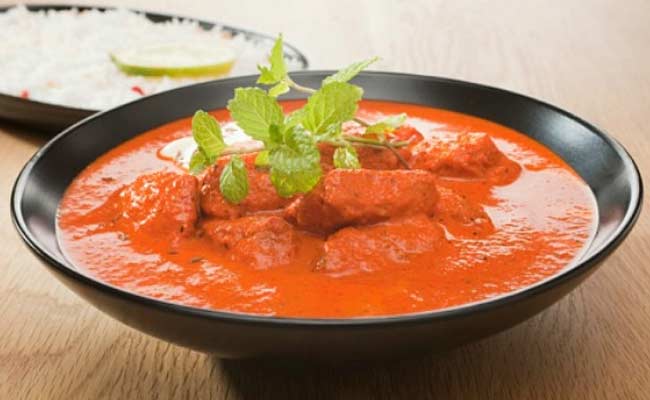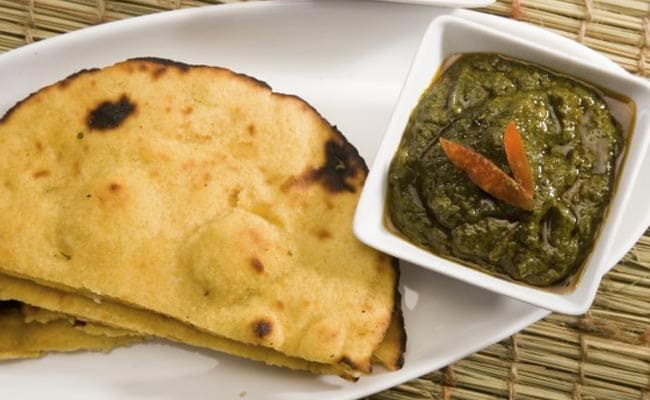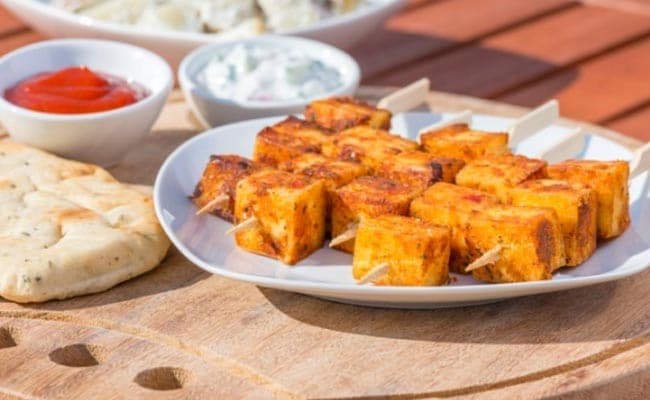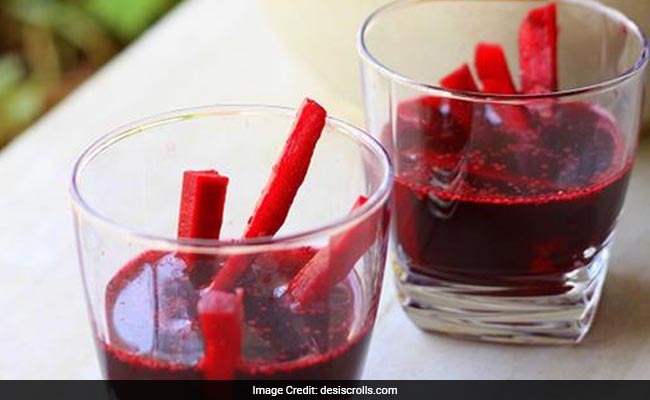This picture is now being statistically challenged. More women than men are fat all over in India, and our fattest places are Punjab, Kerala and Delhi. No one has moved away from their traditional diets as much as the average Punjabi. Affluence, lack of activity and excess of food have a lot to do with obesity, but so does the mindset. You have surely seen the joke about the Punjabi diet: it starts with egg-white and bread in the morning, a cup of green tea without sugar mid-morning, a lunch of boiled channa and salad, a juice for the afternoon, and a soup for dinner. It ends with two pegs of alcohol followed by butter chicken, dal makhani, butter roti and gulab jamun.

Straight from a Punjabi kitchen, butter chicken has been an instant hit through the years

North India, particularly Punjab, is partial to its paranthas for breakfast

Sarsoon ka saag and makki ki roti is best had with some white butter
With the green revolution, there was enough money and not enough physical work so the tond or what the rest of India calls "paunch" was already out. And hence, efforts to keep that in.
The world order changed, nutrition science turned itself on its head and in April 2015, USFDA took off the official upper limit on fat consumption and even declared cholesterol as "a nutrient that was no longer of concern for over consumption". Even before that, Sweden, in 2013, became the first western country to officially say it got it wrong by coming out with various versions of milk - it should have just been whole milk. But then, every farming community in India and across the globe knows that the cow gives her milk whole, not in versions of fat free, 2%, half and half, etc.
The future is about eating foods from our past so that globally, and more specifically as developing countries, we are able to beat both starvation deaths and deaths due to excesses of obesity and diabetes.
As nutrition science evolves, the question that we must ask is that why did we, the nation with a rich, diverse heritage of food culture, give up on eating home-cooked food to get healthier? Does it really make any sense to believe that mass-produced and packaged cereal - milk will be healthier, forget tastier - as a breakfast option is better than a wholesome, complete meal of hand-crafted, fire-cooked aloo parantha with milk and malai? But the problem, food scientists are discovering, is that though local food makes not just economic and ecological sense, it carries a poor person's image, at least in the country of its origin. Quinoa in Peru is for the poor, but in NY for the rich and health-conscious. So Punjab may be full of sugarcane fields and roads lined up with freshly-squeezed ganne ke ras ka stalls, but it's sipping on wine that makes us appear cool and hip. So does rejecting the sugarcane juice.

Sugarcane juice is the perfect remedy for all that heat exhaustion, acidity and bloating
Just like South Indians have this grouse that everyone from Mumbai down is reduced to a Madrasi, the Punjabis of this land should be up in arms against everyone calling all the butter masalas and naan curry versions of restaurant food as Punjabi cuisine. There is no home in Punjab that makes butter masala anything. Even paneer, the way we know it, is rarely cooked, and no, they don't even make methi malai mutter.

Paneer provides the body with the essential fatty acids

Kanji is a traditional Punjabi fermented drink that is made in winters
(Rujuta Diwekar is one of India's top nutritionists and the author of three best-selling books, including the country's highest-selling diet book. Her latest book, Indian Superfoods, is exclusively available on the Juggernaut app.)
Disclaimer: The opinions expressed within this article are the personal opinions of the author. The facts and opinions appearing in the article do not reflect the views of NDTV and NDTV does not assume any responsibility or liability for the same.


